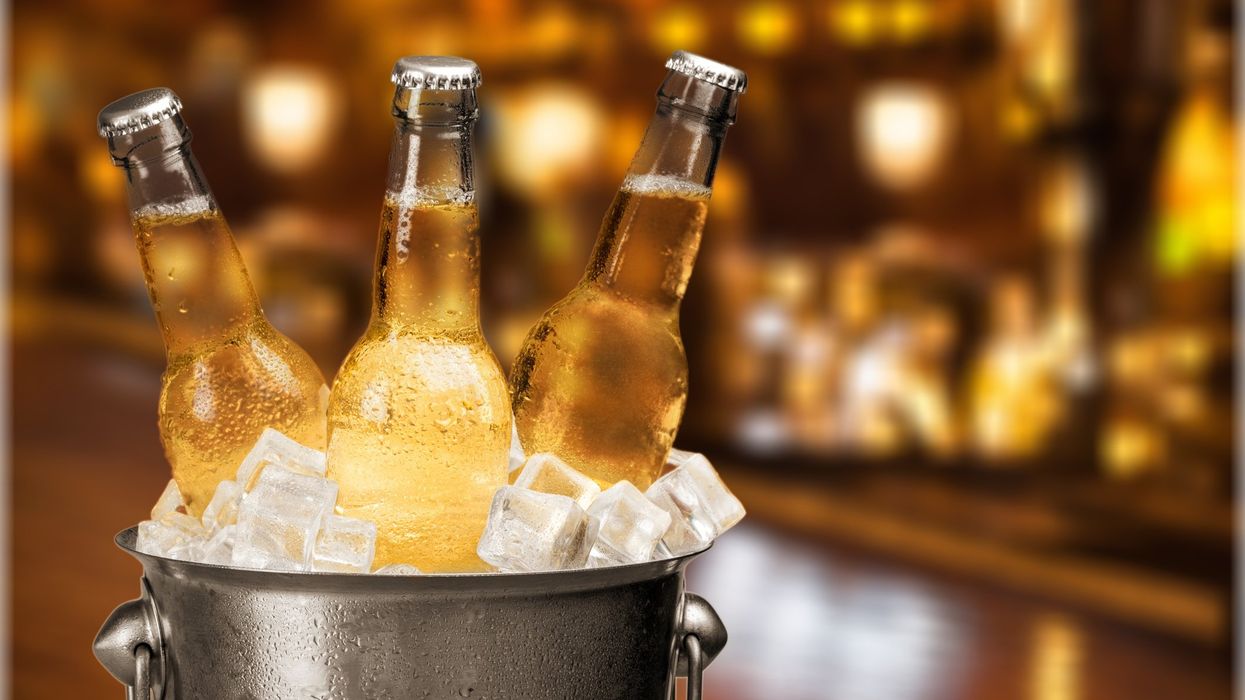Catherine Shuttleworth
May 21, 2024

Scientists have discovered why beer tastes better ice cold
iStock
Ever wondered why beer tastes better ice cold? Well researchers in China might have found the answer.
It appears that the reason beer tastes better at a colder temperature has something to do with the unique molecular properties of alcohol.
Research published earlier this month found a correlation between properties of ethanol-water concentrations and the alcohol volumes of different popular drinks.
When looking at ethanol-water mixtures at different concentrations, the researchers found that molecular clusters experienced structural transitions at certain ethanol percentages - and these transitions corresponded to the ranges seen across alcoholic beverages.
They also found that when these structural transitions were impacted by temperature, their "ethanol-like" taste profiles changed.
“Our work proves that the alcohol content distribution and proper drinking temperature for different alcoholic beverages are not based on experience, but on scientific explanations of molecular ethanol-water clusters in solutions,” the team explained.
They added that their findings, “have important implications for the development of alcohol production and the setting of scientific standards”.
The earliest traces of alcohol production trace back to 13,000 years ago, but today we have a huge variety of alcoholic beverages, and they are measured in different ways.
Typically, alcohol is classified using alcohol by volume (ABV) which is based on either the volume of ethanol or the concentration of ethanol-water mixture. The team said this is, "empirical with little scientific explanation".
“The ABV distribution, considered the critical point for different tastes, is crucial for the alcoholic beverages industry,” they said.
The team's analysis of ethanol-water mixtures from 0 to 100 per cent ethanol found that a distribution of critical points closely followed the distribution of ABV.
For example, a critical point at 5 to 7 per cent aligned with beer, whilst another critical point at 14 to 17 per cent aligned with wine, and 35 to 43 per cent paired with whisky and vodka.
“We deduce that the critical points might be the lowest ethanol concentration to maintain a similar taste of alcoholic beverages in the step that ranges from the critical point to the next one,” the team said.
But how is temperature involved?
Well, the team examined the ethanol-water mixtures in different temperatures, from 5 to 40 degrees Celsius.
They found critical points were impacted by temperature, with some critical points disappearing in certain temperature ranges.
At lower temperatures, tasters could better differentiate beers of different ABVs.
“For the alcoholic beverage industry, to maintain an ethanol-like taste with the lowest ethanol concentration at a certain range is a crucial issue,” the team wrote, adding that their work could help determine concentrations and standardise production.
Sign up to our free Indy100 weekly newsletter
Have your say in our news democracy. Click the upvote icon at the top of the page to help raise this article through the indy100 rankings.
How to join the indy100's free WhatsApp channel
Top 100
The Conversation (0)












